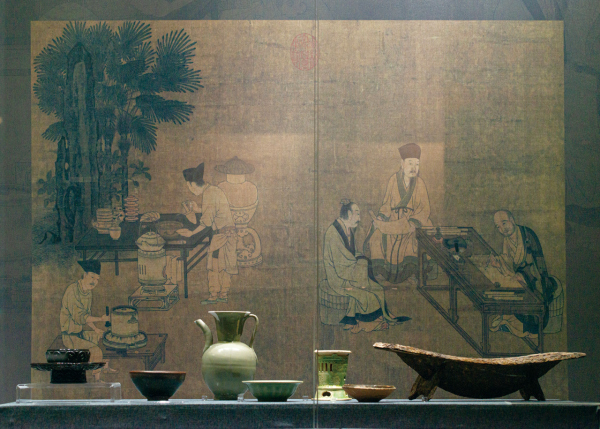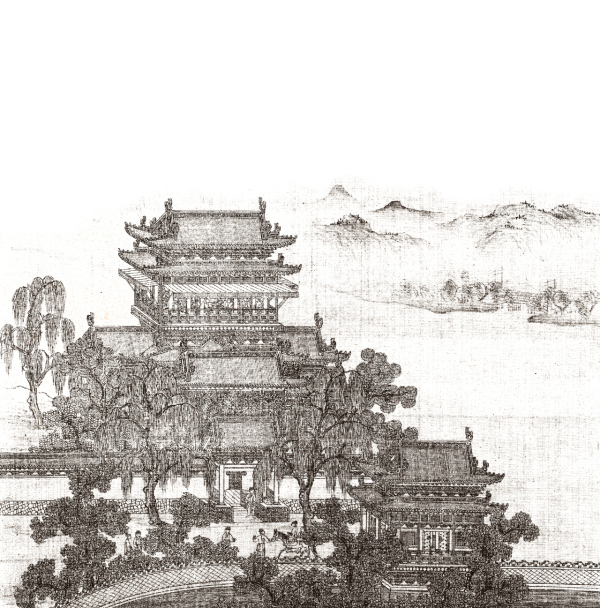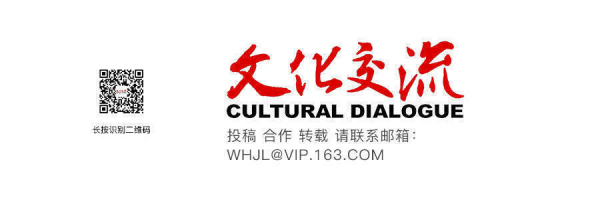
Commercial Revolution
Rulers before the Song dynasty (960-1279) generally despised merchants and preferred polices that encouraged agriculture over trade and business. A Fang-Shi System was even put in place, in urban areas in particularly. Under the system, a number of residential areas (Fang) were set up, each enclosed with its own walls and separated from markets (Shi), which in turn had their own walls. In other words, every residential area and every market are each essentially a unit onto its own. To facilitate the management of residents, the government further stipulated that all business and trade activities be carried out only in Shi, only during daytime, and that residents not allowed to open shops in any Fang.
With marked increase in productivity and a booming commodity economy, things were about to change in the Song dynasty. To begin with, perceptions about merchants, trade and businesses became much more favorable. “What crimes have merchants committed that those junzi (gentlemen) are ashamed of being their neighbors?” asked Fan Zhongyan (989-1052), a prominent Song poet and statesman. Indeed, some scholar-officials even considered business and trade, rather than agriculture, as the “pillar” of the country. The status of merchants was thus much improved and they could also take the Imperial Examinations and become officials.

Accordingly, Song rulers put agriculture and commerce on equal footing, and adopted a raft of preferential policies for merchants and their businesses. Over time, the Fang-Shi System was also scrapped.
Residential areas and markets were no longer separate and shop owners were able to determine their business time freely, stimulating economic activity and raising output. A money economy gradually emerged. Fu Zhufu, an economic historian from China, believed that commodity production during the Song period far outstripped those of the Mediterranean cities in the 14th and 15th centuries. “The Sung [Song] period is noteworthy for a commercial revolution…The volume of trade also rose with the quickening tempo of economic activity. For the first time there appeared in China large cities that were primarily commercial rather than administrative centers,” observed historian L. S. Stavrianos in his influential book A Global History: From Prehistory to the 21st Century. John K. Fairbank, one of the foremost Sinologists, also believed Song’s tremendous economic development, especially in commerce, could be aptly called China’s commercial revolution. The Japanese historian and Sinologist Naito Konan even went so far as to claim Song was the starting point of China’s modern era.
In this commercial revolution, particularly notable are the two cities Dongjing (literally “East Capital”, present-day Kaifeng city in Henan province), capital city of the Northern Song (960-1127), and Lin’an (present day Hangzhou), capital city of the Southern Song (1127 1279). Both played a crucial role during Song’s rapid urbanization. In Kaifeng, taverns, tea houses, storage stores, inns, restaurants, and various shops lined the street, offering a wide range of goods and services. Water and land transportation teemed with people and merchandises coming from all over the country and all around the world. Large and small industrial organizations reached over 160, joined by more than 6,400 businesses. The development of Lin’an not only surpassed its Tang (618-907) predecessor Chang’an (present-day Xi’an city, Shaanxi province) by a great deal, but also outshined Kaifeng. While Chang’an had 220 industrial organizations of various kinds, records dating from Southern Song show that Lin’an boasted 414, each with businesses numbering dozens to over a hundred. Indeed, from high street to main street, from thoroughfare to back alleys, not one single house was empty and not doing some business of one sort or another.
Apart from the capital cities, a host of commercial and trading cities were born during the Song dynasty. Over 50 (40 more than in Tang) major urban and commercial centers, including Luoyang, Jiankang (present-day Nanjing city, Jiangsu province), Suzhou, Zhenjiang, Mingzhou (present-day Ningbo city, Zhejiang province), had a population of more than 100,000 households. It was also in the Northern Song that the policy of setting up market towns in economically developed and more densely populated rural areas, as well as along major water and overland transport routes, was first instituted. A sophisticated business network of “center cities—market towns—border trading—overseas market” came into shape.
By now, highly developed commercial activities meant that daytime markets were not the only ones available. In urban centers as well as suburb areas, a variety of markets, including morning markets, night markets, seasonal flower markets and specialized markets, were opened. For instance, there were rice market, vegetable market, tea market, meat market, bead market, medicine market, flower market, cloth market, raw silk market, cricket market, ivory hawksbill market, silk wool market…and a host of other specialized markets. In Chengdu city, Southwest China’s Sichuan province, a specialized market would be featured every month during the Song period. Known as the “Chengdu Markets of 12 Months”, it was described thus: “lantern market in January, flower market in February, silkworm market in March, brocade market in April, fan market in May, incense market in June, jewelry market in July, osmanthus market in August, medicine market in September, wine market in October, plum market in November, and charms market in December.”
To survive and develop in this highly competitive environment, Song businessmen attached great importance to the services they provided, and they were reputed for being trustworthy. Many marketing gimmicks that we see today had already been widely practiced during the Song dynasty. For example, taverns would employ prostitutes as models to sell alcohol. Advertising was also used to court customers. A shop that sold needles even designed a trademark named “Bai Tuer” (or White Rabbit), believed to be the earliest known trademark in the world.
The economic boom in the Song resulted in unprecedented development in its money economy. In the 11th century, Song issued the world’s first paper currency called “Jiaozi”, a kind of promissory note based on its advanced credit system. In comparison, the earliest banknotes in the West only appeared in England about 600 to 700 years later. Song’s economic development was boosted by foreign trade as well, which accounted for 15%-20% of the GDP, a feat unsurpassed by any dynasty. Over 60 countries and regions established trade relations with the Song, and with high volumes of trade, Song coins became the de facto “international currency” for many of them.
Growing consumption and trade meant more tax revenues, which already reached 16 million taels of silver in the early period of the Song dynasty; during the Tianbao era (742-756), generally considered the high point of Tang dynasty, the figure stood at 2 million. Research shows Song tax revenues climbed to as high as 120 million later and even in the Southern Song, when it lost half of its territories, the figure often stayed at around 100 million.

